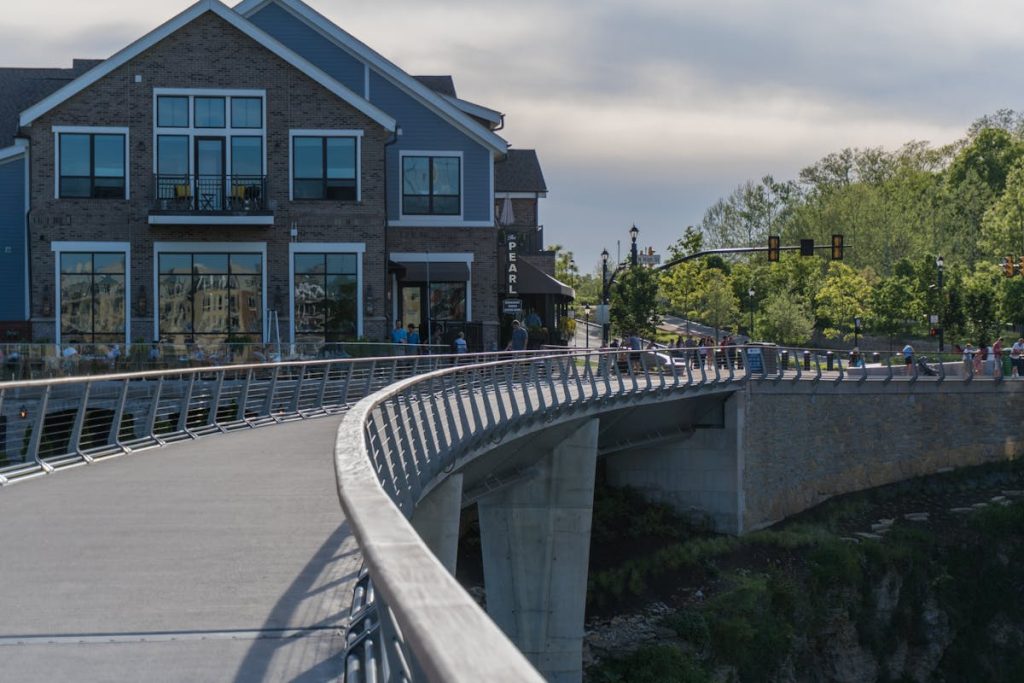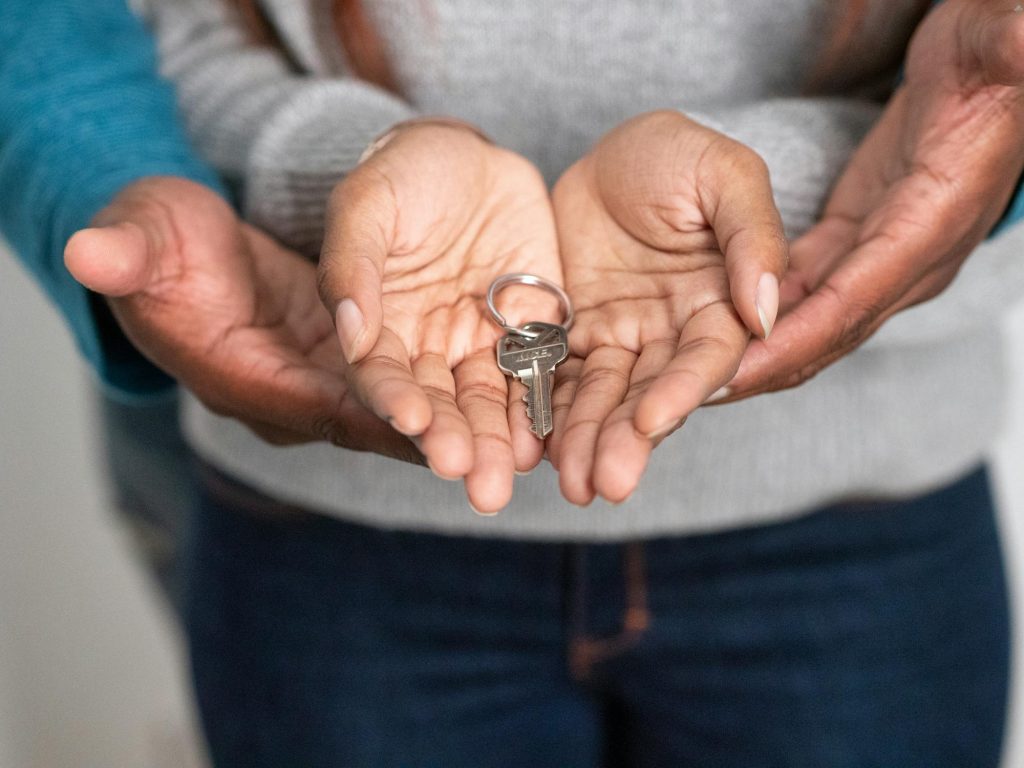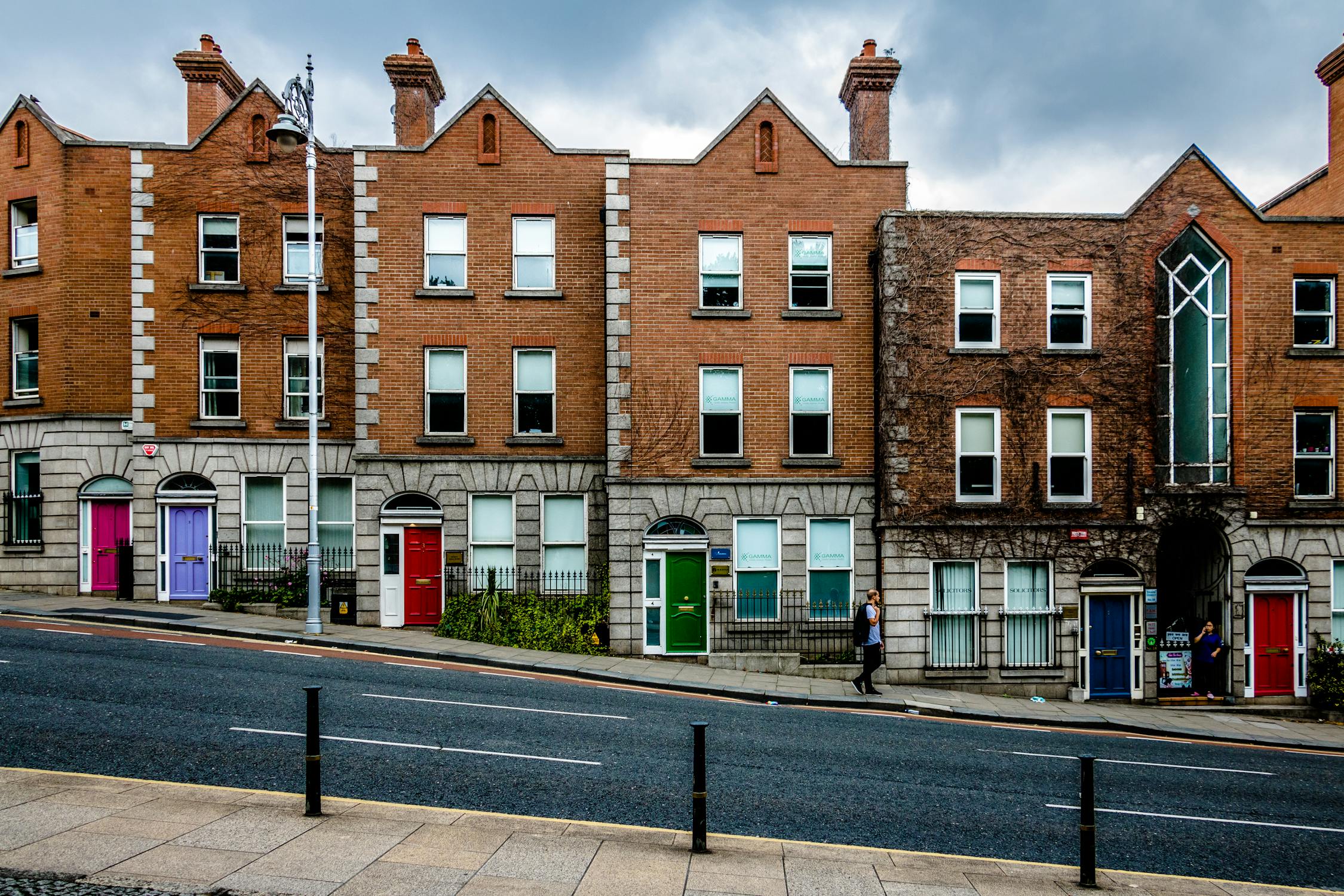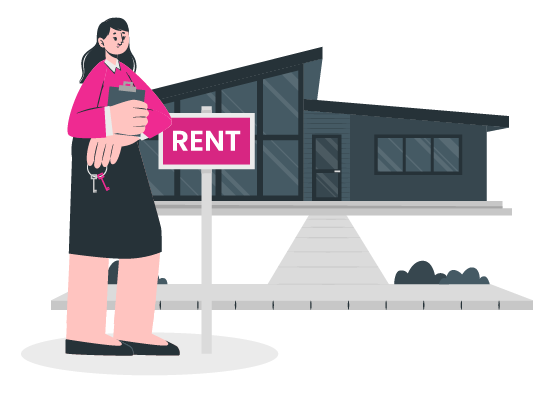The Dublin rental market is evolving, and one of the most significant trends in recent years is the rise of co-living in Dublin. This modern approach to shared housing in Dublin offers affordability, flexibility, and convenience to tenants, particularly young professionals and students. But what does this trend mean for landlords? Is co-living a good investment in Dublin? In this guide, we explore the opportunities and challenges co-living spaces in Dublin present for property owners, and how platforms like FindQo.ie can help.
What is Co-Living?
Co-living is a contemporary housing model where tenants rent private rooms while sharing communal spaces such as kitchens, lounges, and work areas. This setup is becoming increasingly popular in cities with high rental demand, like Dublin. The concept is designed to foster community living while providing affordability compared to traditional apartment rentals.
Why is Co-Living on the Rise in Dublin?
Several factors contribute to the growth of co-living in Dublin:
- High Rental Demand: The increasing population of young professionals and students creates a need for affordable housing in Dublin.
- Cost-Effectiveness: Co-living offers lower rental costs compared to traditional one-bedroom apartments, making it attractive to tenants seeking budget-friendly options.
- Flexible Leasing Options: Many co-living arrangements provide short-term rental solutions, catering to remote workers and expatriates.
- Government Policies & Urban Planning: The Irish government has acknowledged co-living as a potential solution to the housing crisis, leading to increased investment in such properties.
Co-Living Benefits for Landlords

For landlords, co-living rental opportunities in Ireland provide several advantages:
1. Higher Rental Yields
Co-living properties allow landlords to rent out multiple units within a single property, often generating higher rental income than traditional buy-to-let properties.
2. Reduced Vacancy Rates
Due to high rental demand, co-living spaces tend to have lower vacancy rates, ensuring steady rental income.
3. Simplified Property Management
Many co-living spaces in Dublin operate under management companies that handle tenant screening, maintenance, and rent collection, reducing the administrative burden for landlords.
4. Diversified Tenant Base
With co-living, landlords attract a wide range of tenants, including students, young professionals, and remote workers, reducing the risks associated with traditional long-term leases.
Challenges of Co-Living for Landlords

Despite its benefits, co-living also comes with challenges:
1. Regulatory Considerations
Co-living regulations in Ireland are still evolving, and landlords must ensure compliance with planning permissions, tenant rights, and safety regulations.
2. Higher Initial Investment
Setting up a co-living space in Dublin often requires significant upfront investment in renovations and furnishing to create comfortable, modern communal areas.
3. Potential Tenant Turnover
Since co-living tenants often prefer short-term leases, landlords may experience higher turnover rates compared to traditional rental properties.
How to Set Up a Successful Co-Living Property in Dublin

If you are considering investing in shared housing in Dublin, follow these steps to maximise success:
1. Choose the Right Location
Proximity to universities, business hubs, and public transport is key to attracting tenants. Areas such as Rathmines, Smithfield, and Dublin 8 are popular for co-living developments.
2. Optimise Your Property Layout
Ensure private rooms are well-designed and communal spaces are functional and inviting. Providing amenities like high-speed internet, co-working spaces, and entertainment areas can add value.
3. Use the Right Rental Platforms
To attract tenants quickly, list your property on platforms like FindQo.ie. This platform allows private landlords to list two properties for free and offers agencies a two-month free trial, making it an excellent resource for finding tenants in Dublin.
4. Stay Compliant with Regulations
Before launching your co-living property, ensure compliance with rental regulations, fire safety standards, and building codes to avoid legal complications.
The Future of Co-Living in Dublin

As housing affordability remains a challenge, co-living in Dublin is likely to grow in popularity. The trend aligns with changing lifestyles and increased demand for flexible, community-driven living spaces. Landlords who adapt to this model can benefit from rental demand in Dublin while offering modern housing solutions.
The rise of co-living presents landlord opportunities in Dublin that can lead to higher rental yields, lower vacancy rates, and diversified tenant pools. However, landlords must carefully consider the challenges and ensure compliance with regulations. By leveraging platforms like FindQo.ie, landlords can efficiently market their properties and connect with prospective tenants.
If you are considering investing in a co-living property, visit FindQo.ie to explore listing opportunities and connect with tenants in Dublin today.


